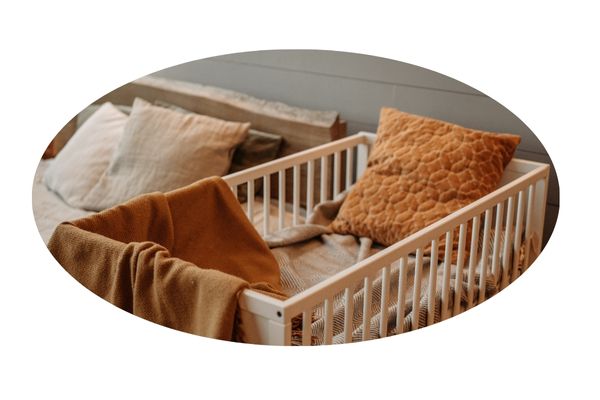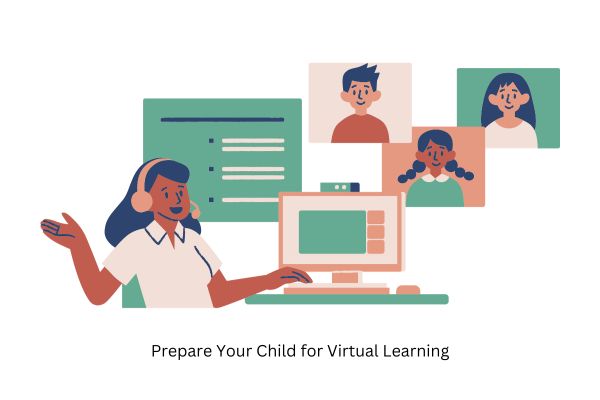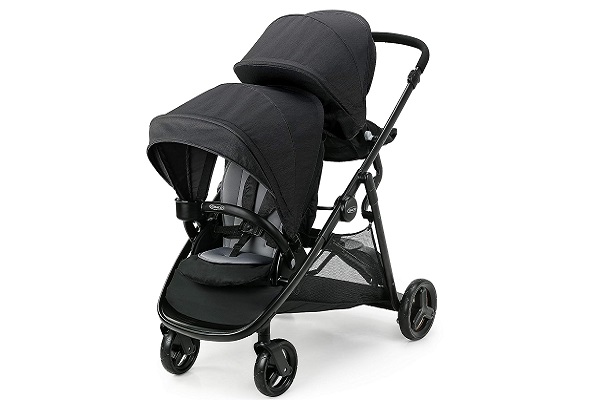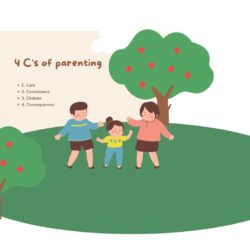Pack N Plays are a staple in many households with young children. Their versatility makes them a lifesaver for parents – a safe play space, a portable bed for travel, and a convenient changing station all rolled into one. But when it comes to nighttime sleep, a common question arises: are Pack N Plays safe for overnight use?
The answer is a resounding yes, with a few important caveats. Pack N Plays designed for sleep meet rigorous safety standards set by the Consumer Product Safety Commission (CPSC) in the US. These standards ensure a sturdy structure, breathable mesh sides, and a firm, flat mattress to minimize the risk of Sudden Infant Death Syndrome (SIDS).
Why Pack N Plays can be a safe sleep option for your baby:
- Safety Standards: As mentioned earlier, CPSC-approved Pack N Plays are designed with your baby’s safety in mind. The slats are spaced closely enough to prevent your infant from getting stuck, and the mesh sides allow for optimal airflow.
- Firm Mattress: Unlike adult mattresses, a Pack N Play mattress is firm and flat. This reduces the risk of suffocation and ensures proper spinal alignment for your developing baby.
- Portability: Pack N Plays excels in portability. Whether you’re traveling or simply need your baby to sleep in a different room for a while, you can easily move the Pack N Play without compromising on safety.
However, creating a safe sleep environment in a Pack N Play goes beyond just choosing a CPSC-compliant model. Here are some key points to remember:
- Always follow the manufacturer’s instructions: Each Pack N Play model might have slight variations in its assembly or weight limits. Refer to the manual for proper setup, weight, and height restrictions, and any specific safety features your model might have.
- Use the provided mattress: Don’t be tempted to add padding, blankets, pillows, or stuffed animals to the Pack N Play. These items can increase the risk of suffocation and overheating. The mattress that comes with your Pack N Play is specifically designed for safe sleep.
- Keep it bare: The sleep environment in a Pack N Play should be as bare as possible. It means no bumpers, pillows, loose sheets, or stuffed animals.
- Position baby on their back: According to the American Academy of Pediatrics (AAP), the safest sleep position for babies is on their back. It reduces the risk of SIDS.
- Avoid secondhand Pack N Plays: Unless you can be certain the used Pack N Play meets current safety standards and hasn’t been recalled, it’s best to opt for a new one.
When Might a Pack N Play Not Be Ideal for Overnight Sleep?
- Newborns: Some parents prefer the feeling of a smaller, more enclosed space for newborns. A bassinet can be a good option for the first few months until your baby outgrows it.
- Frequent Climbers: As babies get older and more mobile, they might be able to climb out of a Pack N Play. If your little one is a determined climber, transitioning to a crib might be safer.
- Multiple Babies: Pack N Plays are not designed for multiple babies. If you have twins or triplets, a crib specifically designed for multiples will be a safer option.
Additional Tips for Safe Sleep in a Pack N Play:
- Dress your baby in sleepwear appropriate for the room temperature. Overheating is a risk factor for SIDS, so avoid bundling your baby up too much.
- Maintain a smoke-free environment. Secondhand smoke is a significant risk factor for SIDS.
- Practice safe sleep habits consistently. Following safe sleep practices, every night helps to reduce the risk of SIDS.
Final Words
Pack N Plays can be a safe and convenient option for overnight sleep for your baby. You can ensure your little one gets the rest they need in a comfortable and secure space by following the manufacturer’s instructions, creating a safe sleep environment, and practicing safe sleep habits consistently. If you have concerns about using a Pack N Play for overnight sleep, don’t hesitate to talk to your pediatrician.
Disclaimer
The information contained in this article is for informational purposes only and is not a substitute for medical advice. Always consult with your pediatrician or healthcare professional before making any decisions about your baby’s sleep environment.





